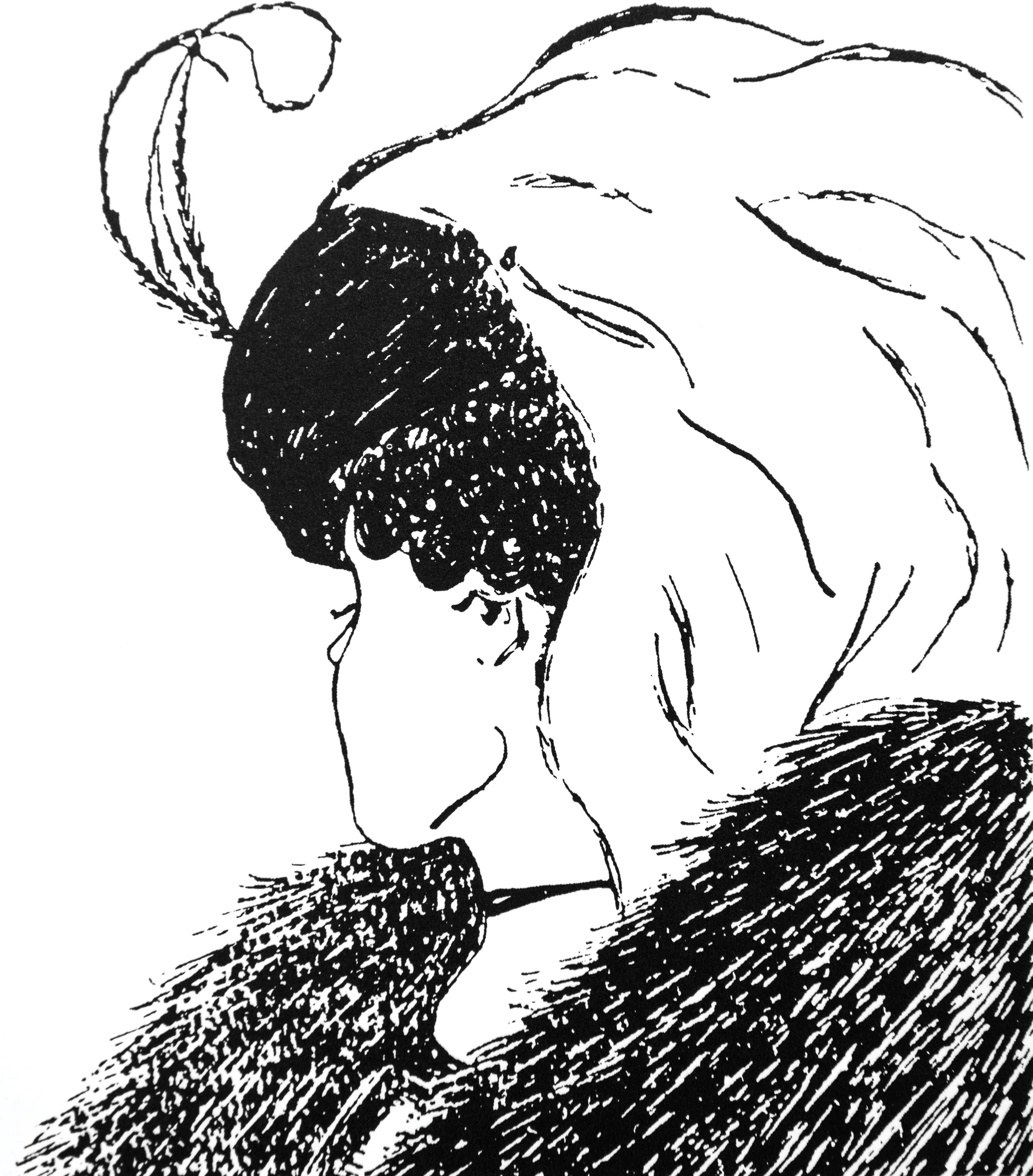LEARNING OBJECTIVES
- Describe how the cognitive process of construal influences our understanding of reality.
- Explain how schemas determine our understanding of social situations and how to behave in them.

The figure shows a triangle with a horizontal base. The outline of all three edges of the triangle is split in the middle. Above the split portions of each edge, a circle with a missing sector is depicted, forming an illusory triangle with the centers of these circles as its vertices.
Look at Figure 1.3. Do you see a white triangle? Most people do, but in fact there is no white triangle. We construct a triangle in our mind out of the gaps in the picture. The gaps are located just where they would be if a triangle were laid over the outlined triangle and a portion of each of the three circles. That makes a good, clear image, but it’s entirely a creation of our perceptual apparatus and our assumptions about the visual world. Both the perceptual process and the assumptions are automatic and nonconscious—that is to say, we’re not consciously aware of them. Now look at the picture of the beautiful woman in Figure 1.4. Or is it a picture of a witch?

Our perceptions normally bear a resemblance to what the world is really like. Often, though, our perceptions require substantial interpretation on our part and can be subject to significant bias. What we see is not necessarily what is actually there but what is plausible—what makes a good, predictable “figure” in light of the stored existing representations we have of the world and in light of the context we are in. German psychologists in the early part of the twentieth century convincingly argued for this view in the case of visual perception. The theoretical orientation of those psychologists centered on the concept of gestalt, German for “form” or “figure.” The basic idea of Gestalt psychology is that people perceive objects not by means of some passive and unbiased perception of objective reality but by active, usually nonconscious interpretation of what the object represents. The belief that we see the world directly, without any complicated perceptual or cognitive machinery “doctoring” the data, is referred to by philosophers and social psychologists as “naive realism” (Pronin, Gilovich, & Ross, 2004; L. Ross & Ward, 1996).
What’s true for visual perception is even truer for judgments about the social world. Our judgments and beliefs are actively constructed from perceptions and thoughts. They are not simple readouts of reality. In the Milgram study described earlier, participants’ understanding of the situation was shaped by subtle features of experimental design that led them to be less aware of the harm they might be causing. A “study participant” who had “chosen” to be in the “experiment” was “learning” a list of words guided by “feedback” given by the real participant in the form of electric shocks. A participant is someone who is acting freely; learning is a normal activity that often depends on feedback, generally an innocuous form of information. All this was taking place in the context of an experiment, a benign activity carried out by trustworthy scientists. Participants in the Milgram experiment weren’t simply registering what the situation was; they were interpreting it in ways that the experimenter was encouraging.
Construal refers to how we interpret situations and behavior and how we make inferences, often nonconscious, about the contexts and the people we are encountering. Whether we regard people as free agents or victims, as freedom fighters or terrorists, will affect our perceptions of their actions. And our perceptions drive our behavior toward them.
How do we know how to behave in different kinds of situations? For example, suppose you’re riding on an uncrowded train and someone asks you to give up your seat. What prompts you to respond in a particular way? Do you refuse, ask for an explanation, pretend not to hear, or promptly surrender the seat? For that matter, how do you know how to behave in even the most ordinary of situations, such as a college seminar?


Although it seems as though we understand social situations immediately and directly, we actually depend on elaborate stores of systematized knowledge to understand even the simplest and most “obvious” situations. These stores, called schemas, consist of generalized knowledge about the physical and social world, such as what kind of behavior to expect when dealing with a religious leader, a sales clerk, a professor, or a police officer and how to behave in a seminar, at a funeral, at a McDonald’s or a four-star restaurant, or when riding on a crowded or empty subway. There is even a schema—alleged to be universal—for falling in love. Schemas capture the regularities of life and lead us to rely on certain expectations so we don’t have to invent the world anew all the time. Schemas are among the most important and useful tools we use in construing the world.

Much work in social psychology has been dedicated to the study of stereotypes—schemas that we have for people of various kinds. Research on stereotyping examines the content of these person schemas and how they are applied and sometimes misapplied in order to facilitate—or derail—interactions. We tend to judge individuals based on particular person schemas we have—stereotypes about a person’s nationality, gender, religion, occupation, neighborhood, or sorority. Such summaries may be necessary for us to function efficiently and effectively, but they’re often unfounded. They can be applied in the wrong way and to the wrong people, and they can be given too much weight in relation to more specific information we have about a particular person (or would have if we didn’t assume that the stereotype was all we needed to know). The frequently pernicious role of stereotypes is the subject of two entire chapters of this book (Chapters 10 and 11).
 LOOKING BACK
LOOKING BACKAlthough our understanding of situations often seems to result from a direct, unmediated registration of meaning, our comprehension of even the simplest physical stimuli is the result of construal processes that make use of well-developed knowledge structures. Such structures are called schemas when they summarize commonly encountered situations, and they are called stereotypes when they describe different types of people.